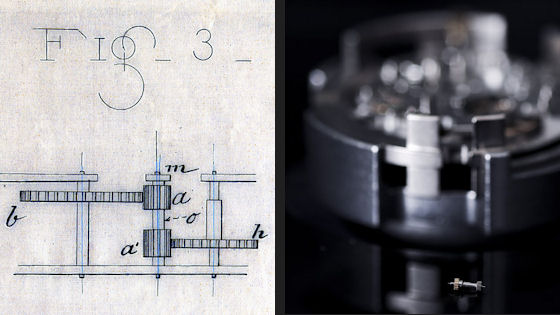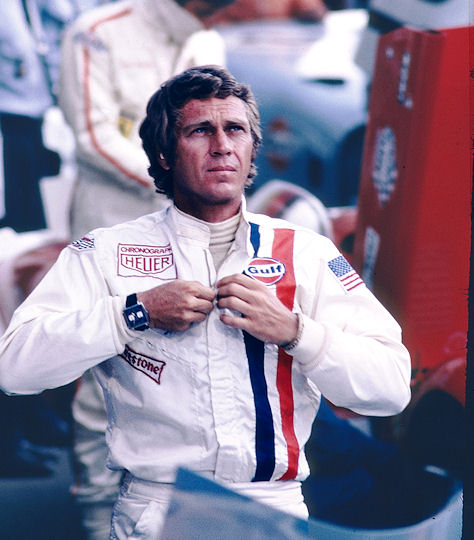TAG Heuer is one of the world’s leading luxury watch brands, offering a strong history of innovation, deep connections with sports timing and automobile racing, and more recently, a series of groundbreaking developments in the field of ultra-fast mechanical chronographs, an innovative tourbillon watch priced under $20,000, and the launch of a luxury smartwatch. Here are 10 things you should know about TAG Heuer.
First Swiss Watch in Space
When you think of mechanical watches in space, you think of, well, not TAG Heuer. But you should, because as it turns out, Heuer was the first Swiss watch in space.
In May, 1961, President John F. Kennedy announced his goal of landing a man on the moon and returning him safely to Earth by the end of the decade. The first step toward that goal was to put a man into orbit. That man was John Glenn, flying the Mercury “Friendship 7” mission on February 20, 1962. Glenn orbited the Earth three times wearing a Heuer 2915A stopwatch on his wrist, on top of his spacesuit, held in place by a custom-made elastic strap. The watch served as the mission back-up timer, and it was used in space. Today, the watch is kept at the National Air & Space Museum in Washington, D.C.
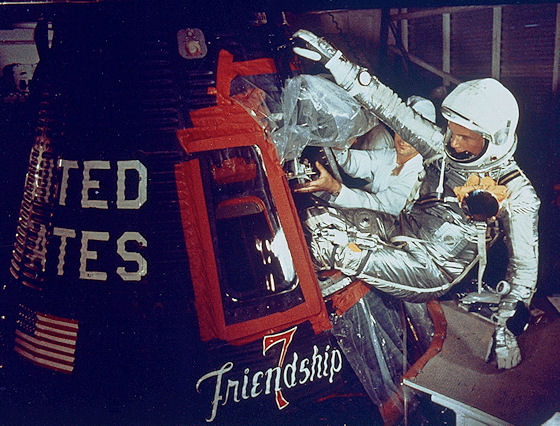
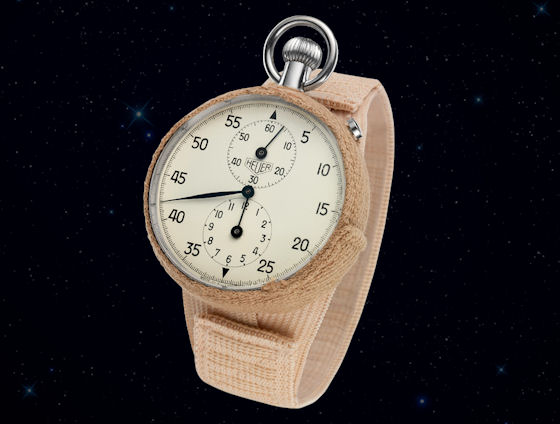
Faster and Faster
Another major technical achievement came in 1916, when Charles-Auguste Heuer launched the original Mikrograph. It was the first mechanical stopwatch able to measure 1/100th of a second. To accomplish this, the movement’s rate was 360,000 vph – ten times faster than the 36,000 vph chronographs that we usually think of as “fast.” The original Mikrograph revolutionized sports timekeeping and served as the official stopwatch for the 1920 Olympics.
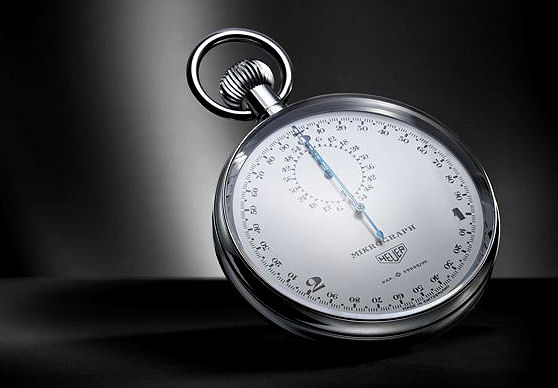
Heuer Watch Company was founded in 1860 by Edouard Heuer. His first watchmaking workshop was located in St-Imier, in the Swiss Jura region. The company soon built a reputation for quality workmanship and precision timekeeping. That, coupled with a series of technical innovations dating to the 1880s, led the company to become a specialist in the field of timing sporting events. During the 1920s, Heuer watches were used at the Antwerp, Paris and Amsterdam Olympics. In 1933, the brand launched the Autavia, the first dashboard stopwatch for race cars. Other more famous developments receive individual attention below. The affinity with precision timekeeping in sports, and with automobile racing in particular, continues to this day.
In 1985, Heuer was acquired by TAG Group (Holdings) S.A. TAG is an abbreviation for Techniques d’Avant Garde. TAG Group combined the TAG and Heuer brands to create the TAG Heuer company we know today. LVMH purchased the TAG Heuer subsidiary in 1999.
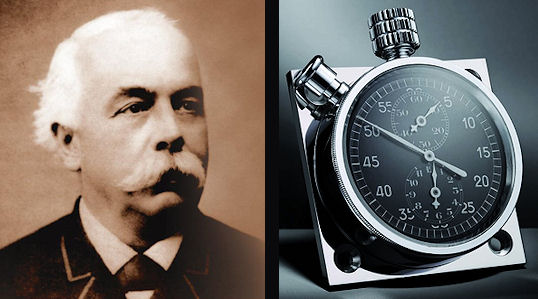
The Carrera
TAG Heuer’s most iconic models are associated with automobile racing, and one of the most famous is the Carrera. Jack Heuer suggested the name shortly after taking control of the company from his uncle (more on this below). The name comes from the Carrera Panamericana, a dangerous race run on public roads in Mexico from 1950 to 1954.
Jack Heuer wanted to create a watch for race car drivers. It had to be perfectly legible and tough enough to withstand the vibrations drivers experience during a race. The result is a watch that has achieved cult status.
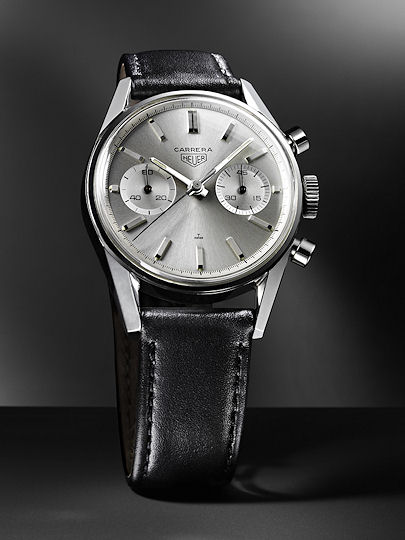
Back in the days when good engineering trumped marketing concerns, movement designers sought to develop calibers with fewer moving parts, to make them more reliable and easier to service. In 1887, Edouard Heuer developed and patented the oscillating pinion, which simplified the chronograph. This construction is still used by major movement manufacturers today.
In a nutshell, the pinion couples and decouples the chronograph, or stopwatch, mechanism and the regular timekeeping gear train that powers it. The pinion replaced a more complex system, simplifying manufacturing, assembly, adjustment, and service, all while delivering excellent timekeeping and reliability. This development allowed more mechanical chronographs to be produced at a lower cost, which sounds like a win all the way around.
